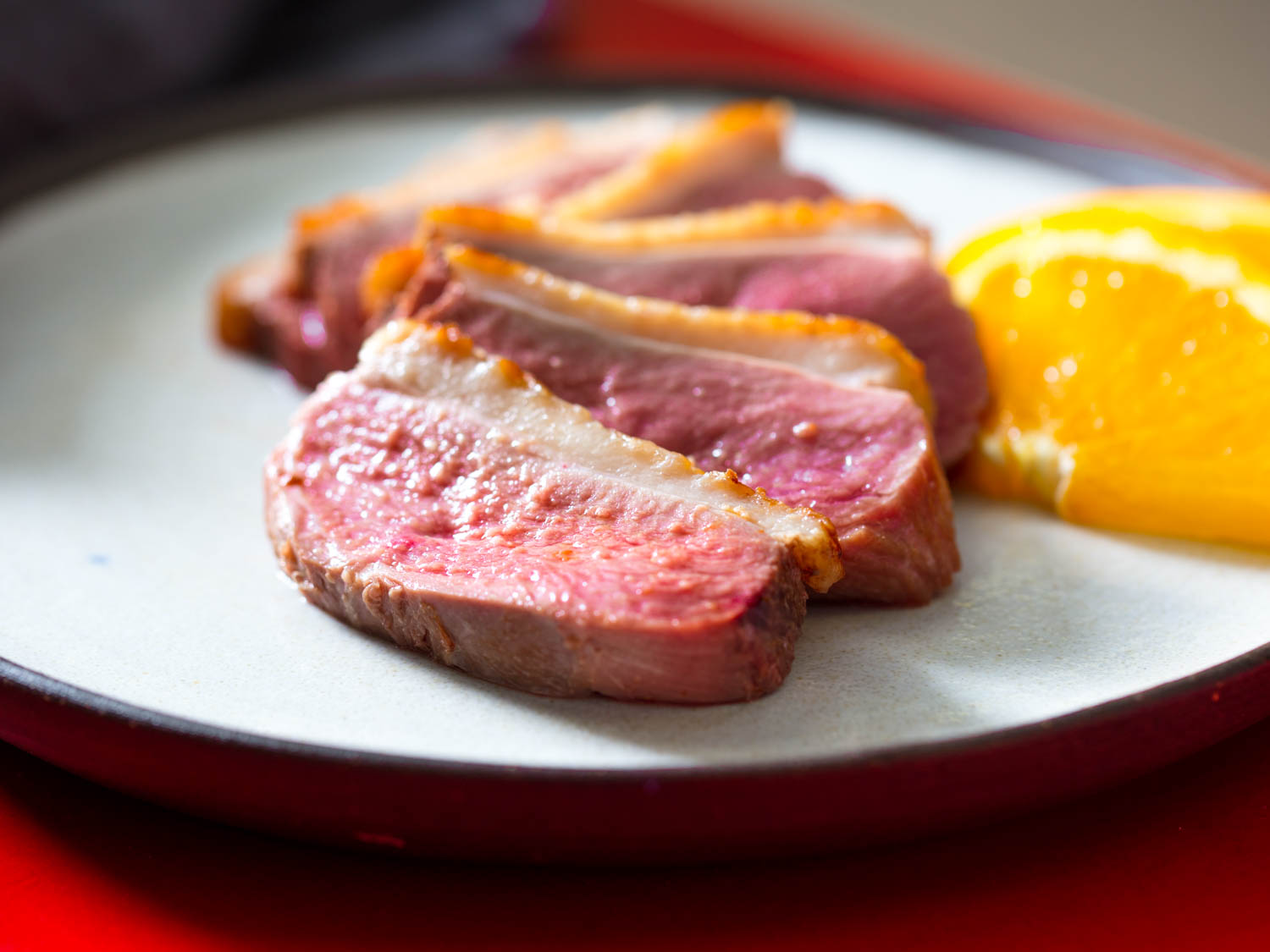Duck breasts and duck confit are commonly seen in tablets of the finest restaurants while roast duck and duck sausage abound the kitchen of many hunters. However, you have all the reason in the world to cook high-class duck at home. If you are wondering how to cook duck breast well, just ensure you know how to render the thick layer of fat under the skin and avoid overcooking the meat.
Is It Safe to Eat Medium-Rate Duck Breast?
The majority of restaurants that serve seared duck breast serve it medium-rare to medium. Duck breast is truly delicious served medium-rare as it is tender, rich, and juicy. But, is it safe?
Generally, ducks are raised more humanely and are processed with more care in Canada and the United States. If you pick a good local supplier, the risk of bacterial contamination decreases exponentially. And as duck is a migratory bird that evolved to use its breast muscles, it has a different structure than chicken. Duck meat is steak-like and rich when cooked to medium-rare. A medium-rare duck breast is safe to eat and this treat is worth the very minimal risk.

Rendering Duck Fat
Ducks have a thick layer of subcutaneous fat. The fat is located under the skin of the duck breast. While duck fast is delicious for use as a cooking fat, it tends to be chewy when it’s in tissue form. But, you can fight this by scoring the skin and fat of the duck and rendering it out. This will result in incredibly crispy skin.
To render the fast without overcooking the meat, it must be done slowly. You should place the scored, salted duck breast skin-side down in a cold pan and it over low to medium-low heat. The fat should render out right away. And as it continues to render, keep it at a heat level so it doesn’t bubble gently without popping and splattering. Pour the rendered fat into a heat-proof container every few minutes to keep for later. It takes around 15-20 minutes to render the fat and brown the skin. At this time, the beast must also get close to 125 degrees F. Increase the heat to medium for one minute longer to finish browning the skin, then flip the meat over and sear the meat-side, maintaining an internal temperature of 130 degrees F.
Once the breast is cooked, you can sauce it and serve it the way you want. However, a classic pan sauce with fresh orange is a good accompaniment.

